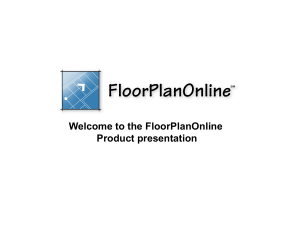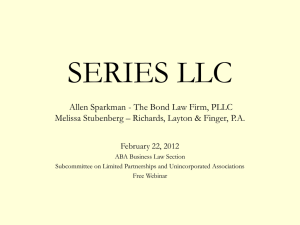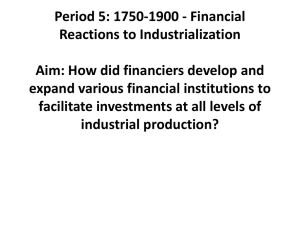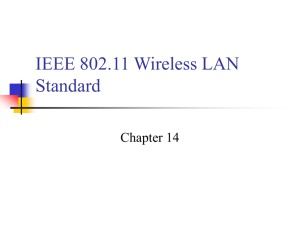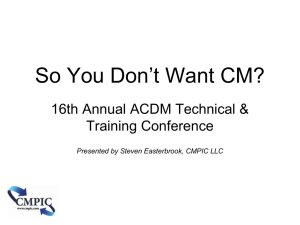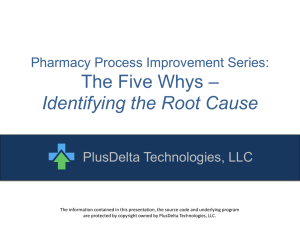LAN Protocol Architecture
advertisement
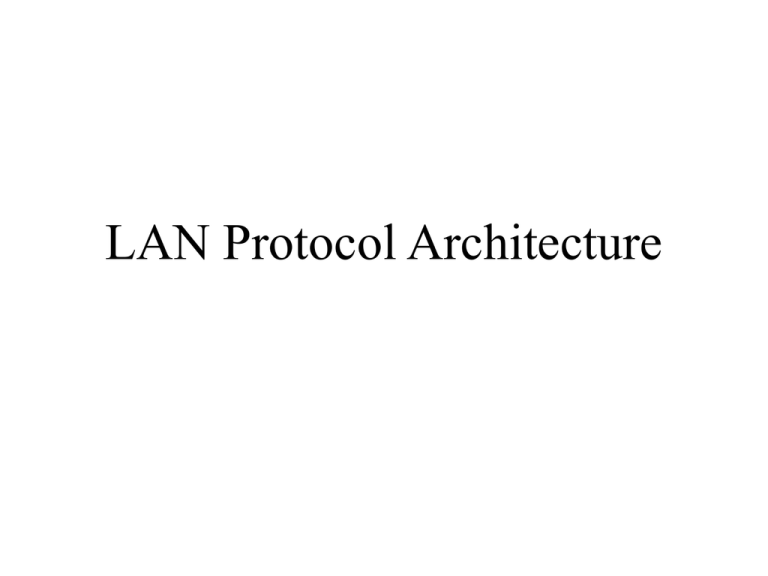
LAN Protocol Architecture LAN Protocol Architecture • Lower layers of OSI model • IEEE 802 reference model, is a standardized protocol architecture for LANs, which describes: – Physical layer. – Logical link control (LLC) sub-layer, – Media access control (MAC) sub-layer. IEEE 802 v OSI IEEE 802 Protocol Layers • Physical layer, includes such functions as: – Encoding and decoding of signals – Preamble generation and removal (for synchronization) – Bit transmission and reception • Logical Link Control, functions: – Assemble data into a frame with address and error-detection fields – Disassemble frame and perform address recognition and error detection – Govern access to the LAN transmission medium – Interface to higher levels and performs flow and error control Logical Link Control • LLC is concerned with transmission of linklevel PDUs between two stations • LLC has two special characteristics: – Must support multiaccess, shared medium (no primary node as in multidrop line) – Relieved of some link access details by MAC layer • Addressing involves specifying source and destination LLC users – Referred to as service access points (SAP) – Service users are typically higher level protocols LLC Services • The operation and format of this standard is based on HDLC. • Provide three different services for attached devices: – Unacknowledged connectionless service: • Datagram-style service. • No flow-control and no error-control mechanisms. • Reliability depend to some higher layer of software. – Connection mode service: • Similar to that of HDLC. • Provides flow- and error-control. – Acknowledged connectionless service • Datagrams are to be acknowledged. • No prior logical connection is set up. LLC Protocol • Is modeled after HDLC, and has similar functions and formats. • LLC protocol operation: – LLC use asynchronous balanced mode of operation of HDLC to support connection mode LLC service (type 2 operation) – LLC supports an unacknowledged connectionless service using unnumbered information PDUs (type 1 operation) – LLC supports acknowledged connectionless service using unnumbered information PDUs (type 3 operation) – LLC permits multiplexing using LLC service access points (LSAPs) Media Access Control • Key parameters of MAC technique is where and how: • Where – Central • Adv.: Greater control and simple access logic at station (no coordination complexities) • Disadv.: Single point of failure and potential bottleneck – Distributed: opposite of central. • How – Synchronous: specific capacity dedicated to connection – Asynchronous: in response to demand; can be subdivided into three categories (round robin, reservation, contention) Asynchronous MAC Techniques • Round robin: – Each station is given the opportunity to transmit. The right to transmit passes in a logical sequence. • Reservation: a node will reserves future slots from the medium time to transmit, this is good for stream traffic. • Contention – – – – – – Good for bursty traffic All stations contend for time Distributed control Simple to implement Efficient under moderate load Tend to collapse under heavy load MAC Frame Format • MAC layer receives data from LLC layer • The fields of MAC frame: – – – – – MAC control: protocol control like priority. Destination MAC address Source MAC address LLC: data from next higher layer. CRC: FCS for error detection. • MAC layer detects errors and discards frames • LLC optionally retransmits unsuccessful frames Generic MAC Frame Format

